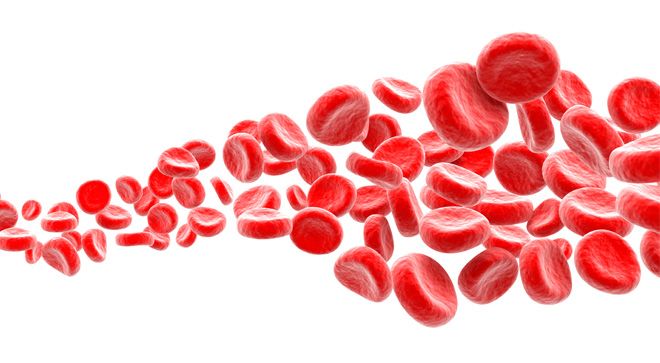Article
Several Factors May Impact a Waldenstrom’s Macroglobulinemia Treatment Decision
Author(s):
Without a huge difference in efficacy between many of the available treatments for Waldenstrom’s macroglobulinemia, one expert says patients and their clinicians should look to other factors when deciding which regimen is best.
When deciding on a treatment regimen for Waldenstrom’s macroglobulinemia (WM) – a type of non-Hodgkin lymphoma – other comorbidities, patient lifestyle and cost need to be considered, explained Dr. Jorge J. Castillo, clinical director of the Bing Center for Waldenstrom’s Macroglobulinemia, senior physician at Dana-Farber Cancer Institute and associate professor of medicine at Harvard Medical School.
Castillo recently discussed the disease at the 39th Annual CFS Symposium.
“Only evaluating the current data, we realize that in terms of response rates, actually the chemotherapy approaches and the BRK inhibitor approaches are very similar,” he said.
Deciding on a Therapy for Waldenstrom’s Macroglobulinemia
Since many current treatment strategies do not have remarkable differences in how well they work, when deciding on what regimen to go with, patients should talk to their clinicians about other health conditions, preference for drug administration and cost, Castillo explained.
“If a patient, for example, is very young, I would like to avoid chemotherapy in that patient. If a patient has neuropathy or nerve damage, I would rather avoid medications that can make that worse. So there are ways in which we can also use the patient’s clinical features to choose treatments,” Castillo said, also explaining that a patient’s genetic profile may also lend insight as to how well they will respond to certain therapies.
BTK inhibitors – Bruton’s tyrosine kinase inhibitors – work by binding to and stopping the BTK protein, which signals the growth of malignant B cells. Most recently, the Food and Drug Administration approved Brukinsa (zanubrutinib) for the disease. While that is an exciting new advancement, BTK inhibitors can lead to hypertension, blood issues and a risk of infections.
Regimens that contain Rituxan can also increase infection risk or increased IgM flares, as well as neuropathy (pain and tingling in the extremities) and secondary malignancies.
Patients and their treatment teams may also want to consider the way that treatment is given and how long it can last. For example, immunotherapies are given intravenously or via injection. While this means that patients may have to visit the clinic more often, it is for a finite duration – after six cycles, the patient would be done with treatment.
Most BTK inhibitors, on the other hand, are oral medications, meaning that patients can take them from home.
“So that’s actually very easy and convenient in terms of quality of life… But then you need to be taking those pills indefinitely,” Castillo said, also noting that oral therapies tend to be more expensive than intravenous ones.
The Future of WM Treatment
Castillo said that combination therapies are the path forward to improving complete response rates in patients with WM.
“Combinations are the way to go, and there are a lot of different studies ongoing that are using BTK inhibitors in combination with either BTK inhibitors with chemotherapy or BCL-2 inhibitors, which is a different type of inhibitor, and other groups of antibodies,” Castillo said.
For more news on cancer updates, research and education, don’t forget to subscribe to CURE®’s newsletters here.




